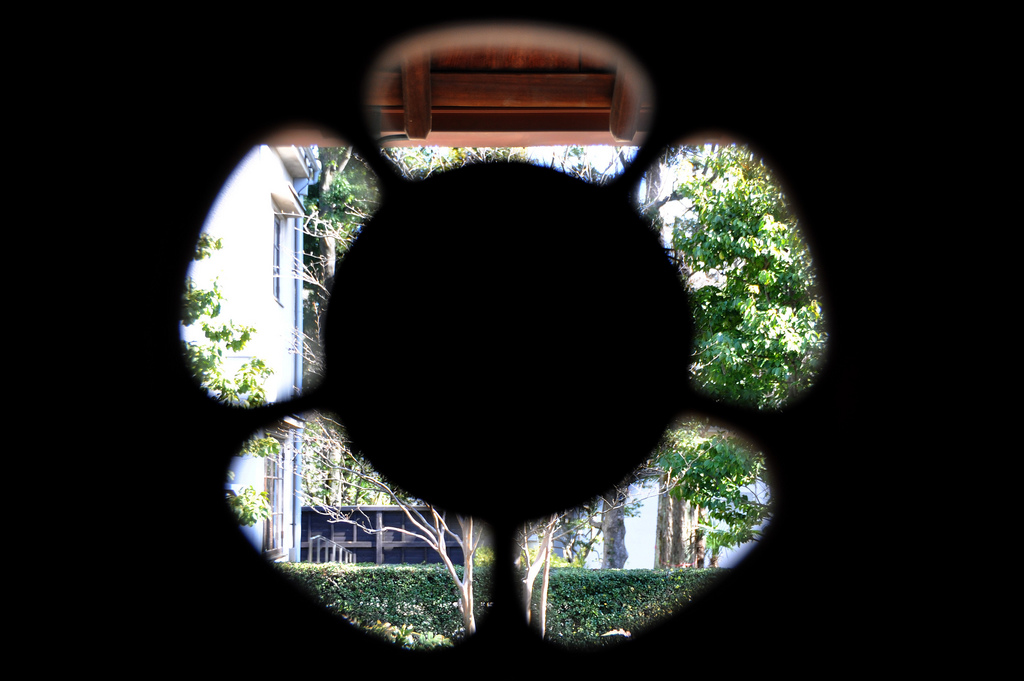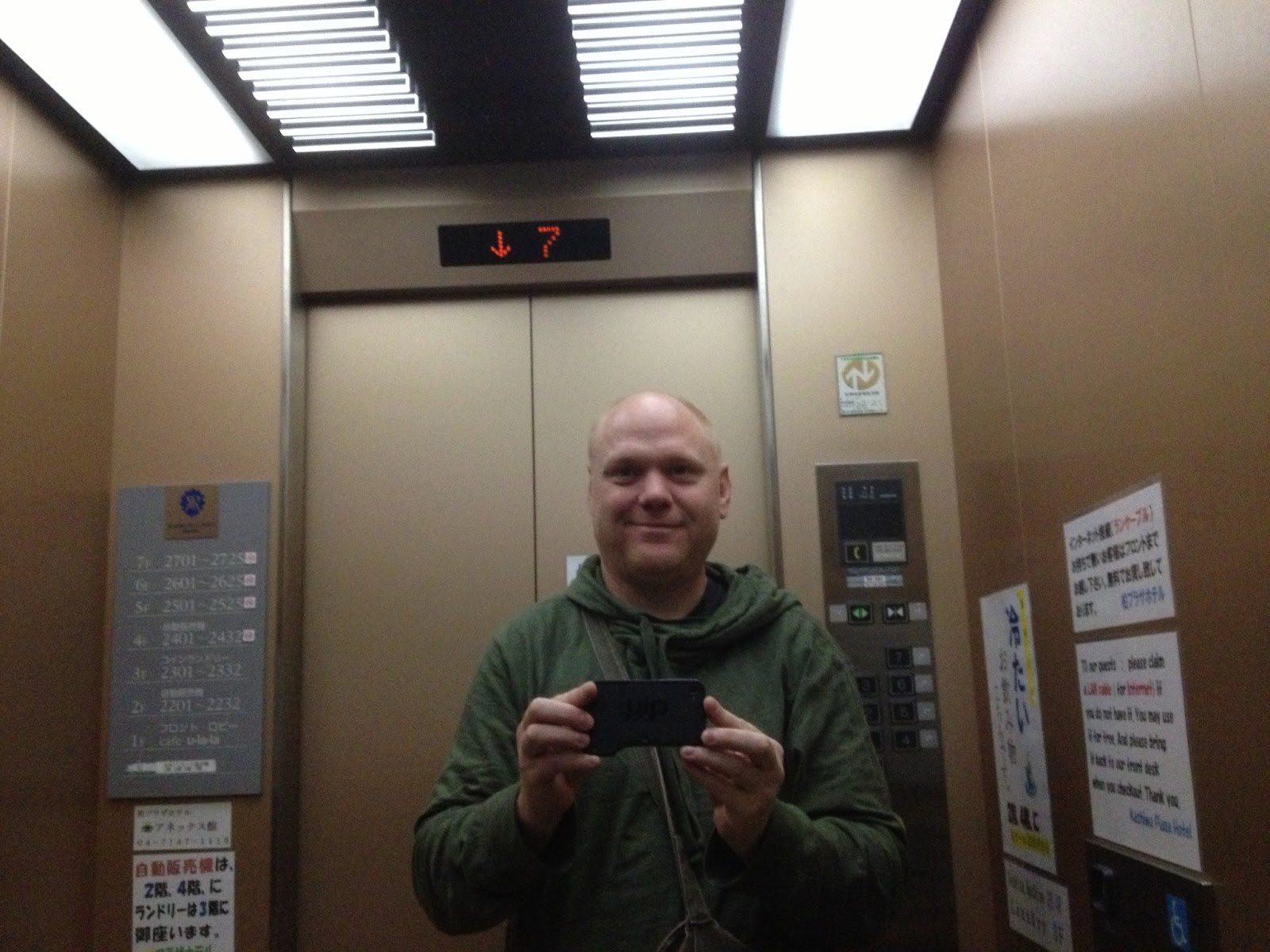From Bujinkan Santa Monica by Michael
If you want to know how to use the ken, do it like you have a dragon wrapped around the blade. That is my advice after studying this weapon in Japan. Let me explain how I got there.
As part of the theme for 2013 in the Bujinkan we are studying the straight sword 劍 tsurugi or ken. At first, I didn't know what to make of this, since Japanese swordsmanship is largely devoted to curved single edged blades. But after my recent trip to Japan and being exposed to the symbolism AND practical use of this weapon, I am absolutely blown away.
When I first saw Hatsumi Sensei using this weapon this year, it literally seemed to writhe in the space like a snake. This got me thinking. 2013 being the year of the snake, how might these things connect?
As I looked around hombu, and during the kunoichi taikai at Ayase, I saw many types of ken in use during training. Which one are we studying this year? I think the answer is all of them, but Hatsumi Sensei showed up with an impressive example to put on display:
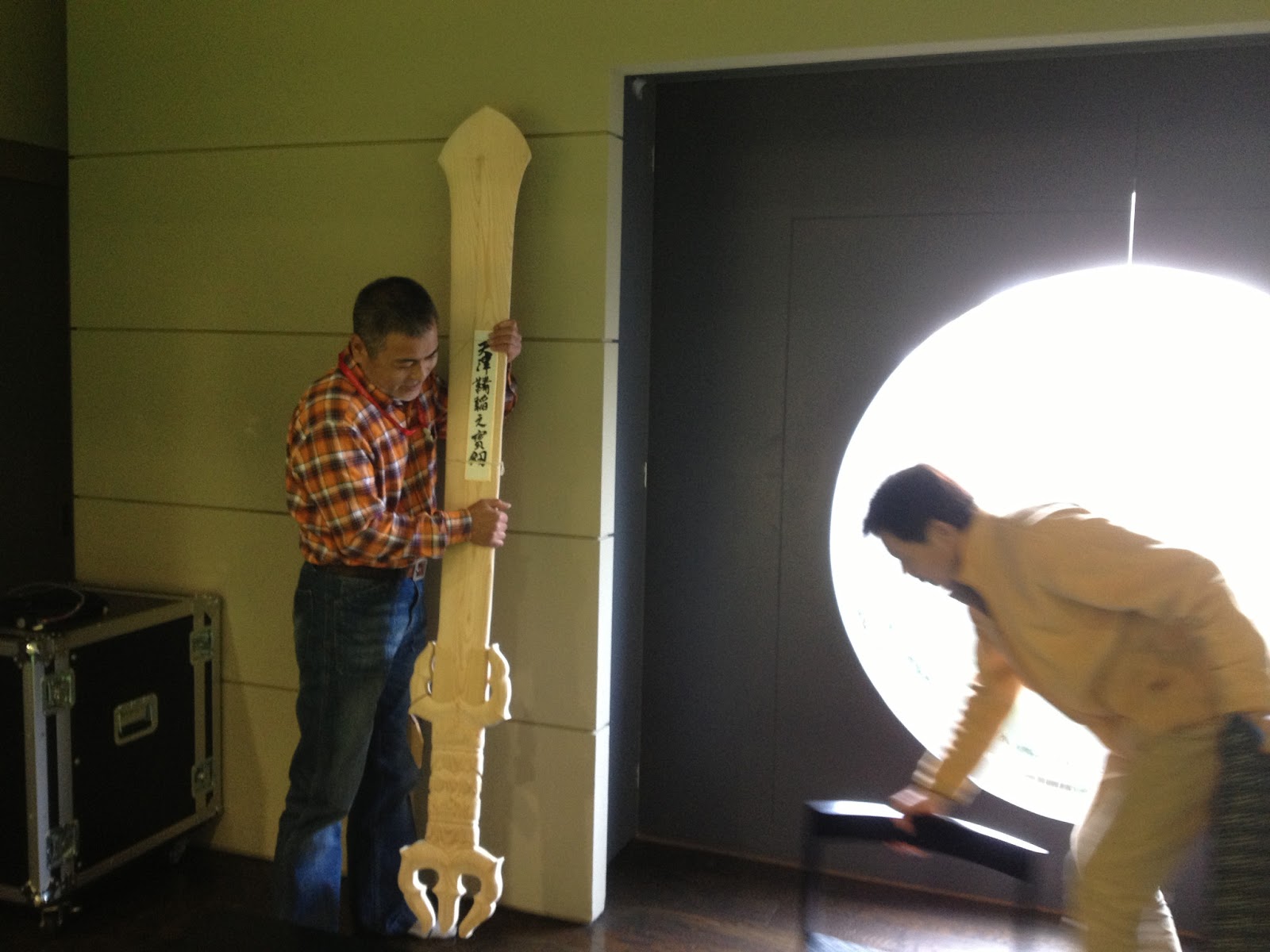 |
| The Arrival of Hatsumi Sensei's 三鈷剣 Sanko Ken. photo by Michael Glenn |
I was told by the Japanese teachers that this type of ken is called 三鈷剣 sanko ken and is not used in combat but for ceremonial purposes. This type of sword, also called a vajra sword (金剛杵 kongō-ken), or treasure sword (宝剣 hōken), has some incredible symbolism, but had its origins in combat. What manner of combat you ask? The slaying of snakes!
For example, one of the origin stories of the vajra comes from India. The god Indra used the vajra as his main weapon. In the Vedas, Indra used this weapon to fight and kill a dragon serpent form of Asura Vritra. Indra became known as the slayer of the first born of dragons.
The five pronged vajra symbolizes the five elements. It looks like six, but the central prong is counted as one. Or, in the form of a sword, this blade was used by mountain yamabushi or mikkyo priests to clear a path through weeds and undergrowth. The blade came to represent cutting away illusion.
In the stories of the origins of Japan, the sword came to Japan as a gift from the gods. Amaterasu's brother, Susanoo, killed an eight headed serpent and cut off one of its tails. Inside its body was the 草薙劍 Kusanagi no Tsurugi which is one of the three sacred treasures of Japan.
You will find this blade held by Fudō-myōō 不動明王, Senju Kannon 千手観音, and Monju 文殊 in their depictions. One of the most interesting examples for us this year might be "The Akafudou 赤不動 of Myououin 明王院 on Mt. Kouya, who holds a sword with the dragon Kurikara 倶利迦羅 wound around it." A couple of weeks ago, I watched Hatsumi Sensei paint snakes and serpents on students' swords and scrolls. So this feeling must be on his mind.
I could not help but think of this symbolism and feeling when in one class at the hombu, we were using the ken to do the kata 飛龍之剣 hiryu no ken. As the flying dragon was coiled around my sword in the kukan, my opponent suddenly found himself wrapped around his own delusions. My sword had snaked around between his arms to wrap and slice into a musha dori.
I bet you've never thought about dragons and serpents when doing musha dori! Me neither, until this year. Should be quite a ride. Hope you hang on with me.

…
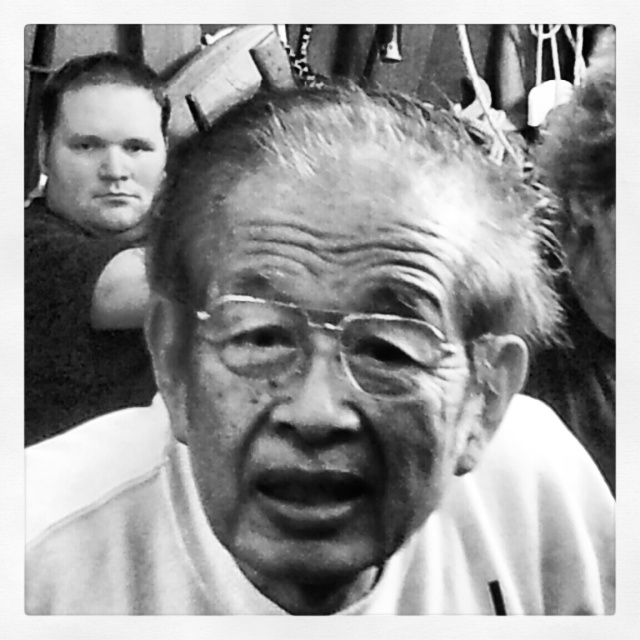 Registration for the Paris taikai 2013 is open.
Registration for the Paris taikai 2013 is open.
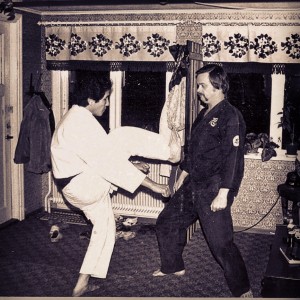 Bo Munthe was the pioneer who brought Bujinkan to Sweden and Europe in. In 1975 Ischizuka Sensei came over for two weeks and introduced Bo to Bujinkan Budo Taijutsu (then simply Ninjutsu), shortly after he went over to Japan and met Hatsumi Soke for the first time. If it wasn’t for him, who knows when someone else would have brought the art to Europe. He recently had his 70’th birthday. Hooray!
Bo Munthe was the pioneer who brought Bujinkan to Sweden and Europe in. In 1975 Ischizuka Sensei came over for two weeks and introduced Bo to Bujinkan Budo Taijutsu (then simply Ninjutsu), shortly after he went over to Japan and met Hatsumi Soke for the first time. If it wasn’t for him, who knows when someone else would have brought the art to Europe. He recently had his 70’th birthday. Hooray! Our designer, Dan Saal, is a real pro. He’s an award-winning art book designer and he knows how to design beautiful books that bring the essence of topics to life. Dan’s sample layouts already look great and I look forward to working with him to finish the project.
Our designer, Dan Saal, is a real pro. He’s an award-winning art book designer and he knows how to design beautiful books that bring the essence of topics to life. Dan’s sample layouts already look great and I look forward to working with him to finish the project.
